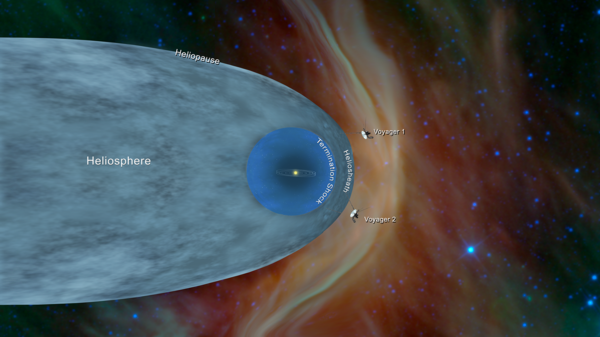Zentra Mission
The two Voyager space probes were originally conceived as part of the Planetary Grand Tour, planned in the late 1960s and early 1970s, with the goal of exploring Jupiter, Saturn, Saturn's moon Titan, Uranus, Neptune, and Pluto. Lacking sufficient fuel for such a journey, they relied solely on gravity-assist maneuvers to continue accelerating.

When the first blockchain emerged, its transactions per second (TPS) were insignificant by future standards. One approach is to wait for better theories to develop before building high-performance infrastructure. Alternatively, we can start constructing it today. Minus Theory makes this possible.
As a world computer, a blockchain's speed is determined by its infrastructure. Just as traditional computing follows Moore's Law, world computers may have their own trajectory of improvement. Since the first blockchain-based world computer was created, new ones have emerged every year, each challenging its predecessor. Success is always a possibility.
For a new world computer to succeed, it must not only advance technologically but also establish a thriving ecosystem. This explains why previously successful blockchains tend to have longer life cycles—it is not just about technological progress, but also about ecosystem development. This necessity slows the pace of technological iteration, as building an ecosystem from scratch is just as challenging as technological innovation itself.
Zentra separates blockchain infrastructure from the ecosystem by decoupling consensus from execution. This enables blockchain ecosystems to evolve independently of their underlying infrastructure. When better execution engines emerge, an upgradeable ecosystem can seamlessly integrate them, unlocking greater capacity and meeting the growing demands of users.